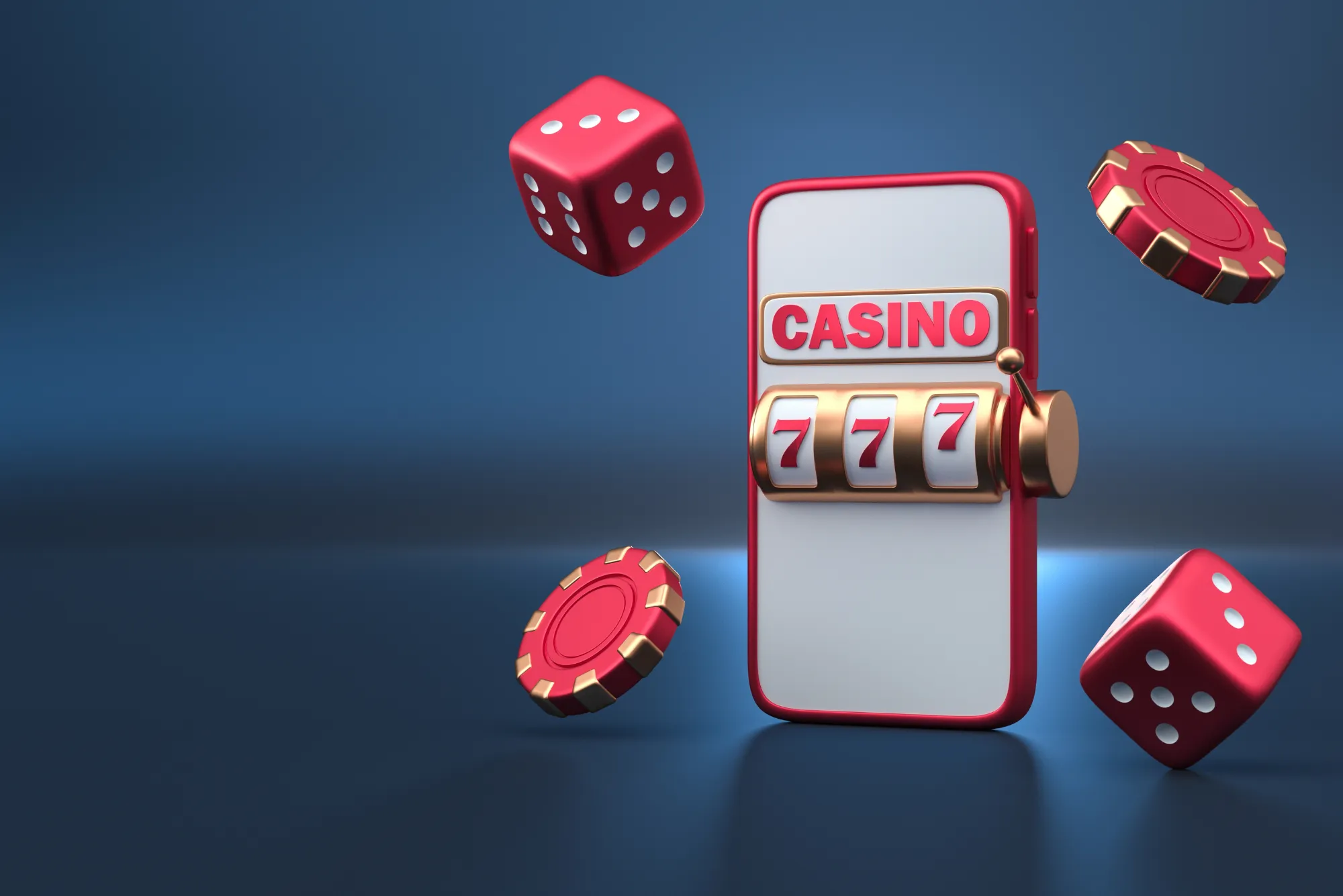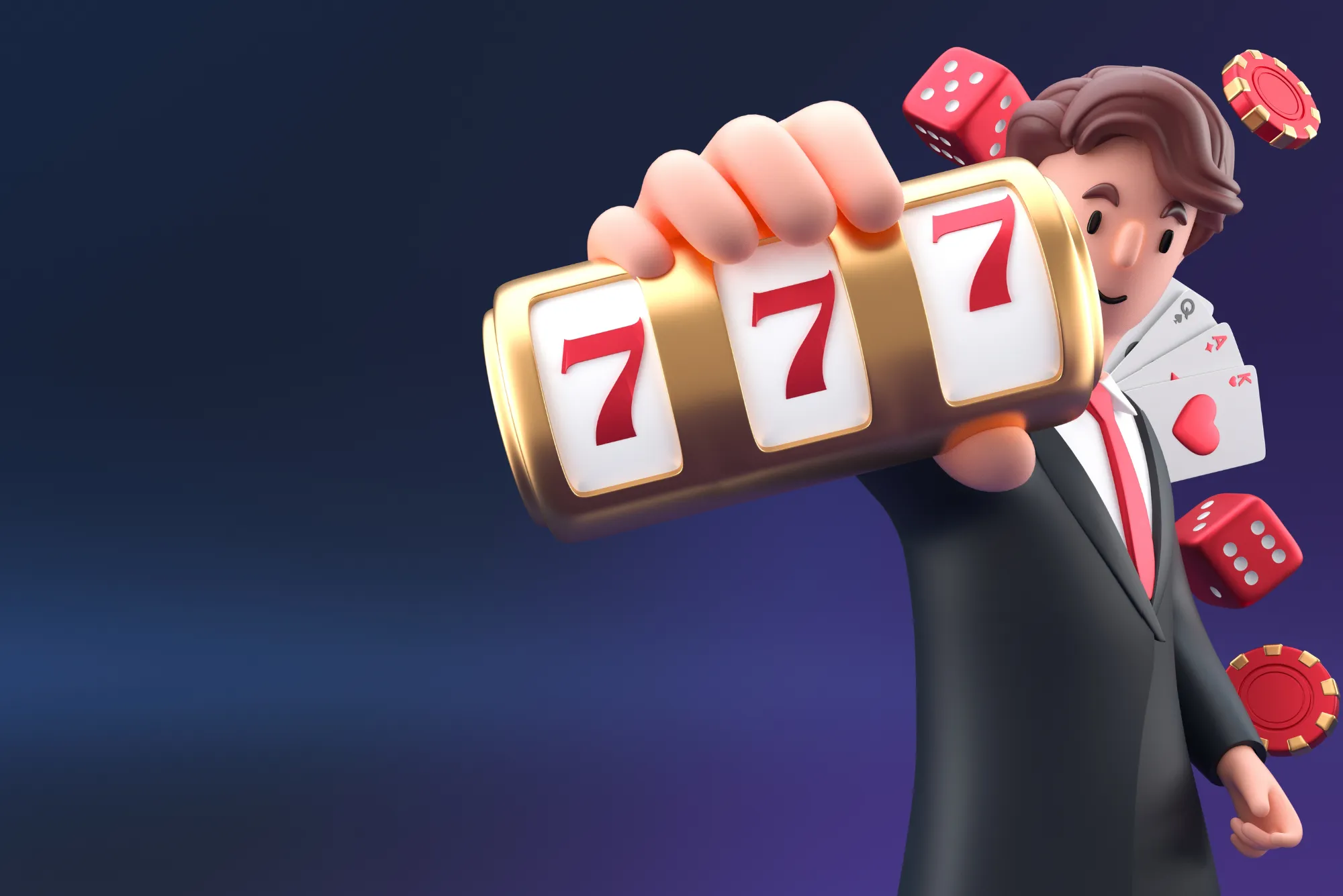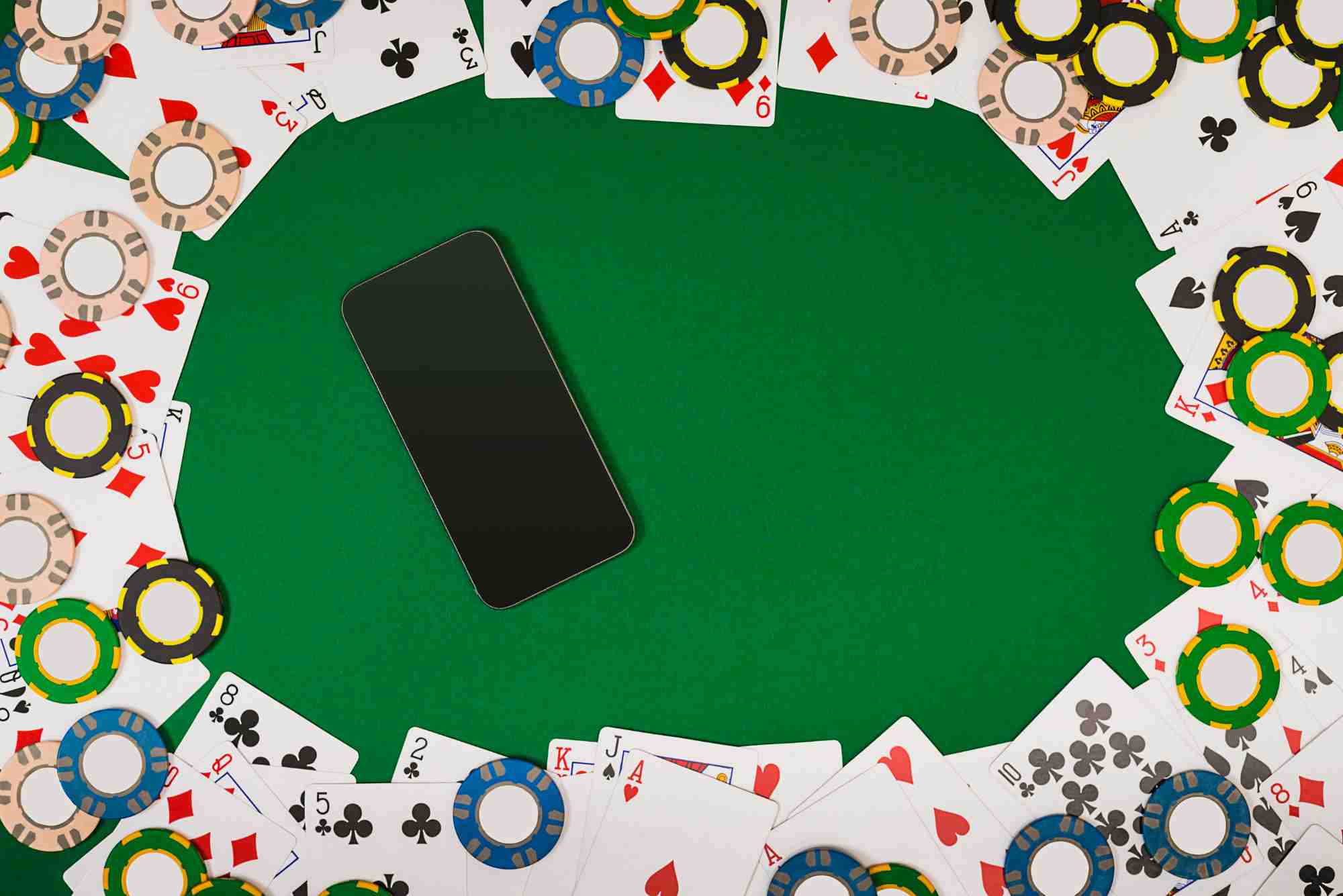In the world of online gambling, where competition is intense and player attention spans are fleeting, casino platforms are constantly innovating to keep users engaged. One of the most fascinating tools at their disposal is the surprise win animation—a visual and auditory effect that plays when a player wins, often unexpectedly. These animations aren’t just for show. Behind the scenes, they tap into a deeply biological mechanism: dopamine release.
As someone who has spent years researching behavioral patterns in online gaming, I’ve come to appreciate how small visual effects, especially when tied to unexpected wins, can create powerful emotional reactions. This is particularly evident in casinos not on GamStop, where design freedom allows for more experimental and psychologically tuned experiences.
Let’s explore how these animations work on the brain, why they’re so effective, and how they’re leveraged in alternative gambling platforms to keep users coming back.
The Dopamine Mechanism: A Quick Primer
To understand the effect of surprise win animations, we need to start with the basics of dopamine. Dopamine is a neurotransmitter in the brain that plays a key role in motivation, reward, and pleasure. It’s released when we experience something enjoyable—like eating chocolate, receiving a compliment, or winning a game.
However, it’s not just the reward itself that triggers dopamine; it’s the anticipation and especially the unexpectedness of the reward that enhances the dopamine response. When our brain is surprised by a win we didn’t see coming, it creates a spike in dopamine levels that reinforces the behavior leading up to it. That’s how players get hooked—not just on the win, but on the possibility of it happening again.
The Role of Surprise Win Animations
In online casinos, especially those that operate outside the GamStop self-exclusion scheme, surprise win animations serve as visual reinforcements of a reward. Imagine you’re spinning the reels of a slot game, not expecting much, and suddenly—fireworks, flashing lights, sound effects, confetti raining down. It feels exciting, satisfying, and personal. That rush? It’s dopamine.
These animations often use a combination of bright visuals, dramatic sounds, and delay mechanisms (such as “hold and spin” features) to build suspense. The result is not just a visual treat but a neurochemical event. Your brain logs this moment as something highly rewarding, and you’re more likely to chase that feeling again, sometimes regardless of the monetary gain.
In platforms not on GamStop, developers often capitalize on these effects with fewer regulatory restrictions, allowing for more immersive and intense animations. These enhancements can trigger stronger emotional responses, making the experience feel more engaging and memorable.
Why Casinos Not on GamStop Rely Heavily on These Techniques
Casinos not registered with GamStop are often international or offshore operators that aren’t bound by the UK Gambling Commission’s restrictions. While this raises questions about responsible gambling practices, it also allows these platforms to adopt more aggressive UX designs, including heightened win animations, bonus reels, and jackpot pop-ups.
Having personally tested several of these platforms for research, the difference is noticeable. The animations are longer, more detailed, and often include layers of interaction—such as mini-games or multiplier spins. They play on the core psychological principles of variable reward and surprise reinforcement, making the user experience more emotionally charged.
Moreover, because these casinos can’t rely on brand recognition in the same way mainstream operators can, they often double down on engagement tools. That’s where surprise animations come in. They become a key part of the casino’s identity, offering a “wow factor” that traditional platforms sometimes lack due to compliance constraints.
Real-World Example: The Power of the “Big Win” Animation
I recall a particular slot on a non-GamStop casino that had a unique animation called “Mega Burst.” It only triggered on wins 10x your bet or more. When it hit, the screen would go dark, music would swell, and an explosion of coins would rain across the screen, revealing the win amount slowly. The first time it happened, I wasn’t even aware I’d landed a win of that size. But the animation amplified the moment in such a way that I felt like I’d hit a jackpot—even if it was a moderate sum.
That animation didn’t just celebrate the win. It created the illusion of a bigger event, which made it psychologically more impactful. It’s a perfect case of the dopamine system being hijacked to reinforce a behavior—spinning the reels—and driving the desire to keep going.
The Link Between Unpredictability and Player Retention
Surprise is a crucial ingredient in dopamine activation. Predictable wins are less exciting. But when you win and it feels like it came out of nowhere, the emotional response is stronger.
This is where casinos not on GamStop have a strategic edge. Their slot mechanics are often coded with complex RNG (Random Number Generator) patterns that allow for unexpected combinations. When combined with high-quality win animations, they produce a powerful loop of anticipation and reward.
The psychology is simple yet potent: The more unpredictable the win and the more dramatic the reveal, the more dopamine gets released, and the more likely the player is to chase that feeling again. And that’s precisely what keeps them coming back.
Ethical Concerns and Responsible Gaming
While there’s no denying the effectiveness of surprise win animations in enhancing dopamine responses, it’s essential to address the ethical implications. The same mechanisms that make these features exciting also pose risks, particularly for vulnerable players.
Casinos not on GamStop, by operating outside UK regulations, are not required to offer the same level of player protection. This can result in users being exposed to more psychologically manipulative designs without tools like self-exclusion or spending limits.
As a researcher and casual gamer, I believe it’s crucial for players to be aware of the mechanisms at play. Just because something feels good doesn’t mean it’s always good for us in the long term. Understanding the why behind these effects can empower users to gamble responsibly and with more awareness.
Are These Animations the Future of Online Gambling?
Given the rising competition in the iGaming industry, it’s likely we’ll see even more sophisticated use of animations tied to wins, surprises, and milestones. Technologies like AI-driven animations, augmented reality, and personalized victory themes are already in development. Casinos not on GamStop are often early adopters of these technologies, thanks to their flexibility and global partnerships.
From a psychological and user experience standpoint, these features are only going to become more immersive. The more interactive and customized the experience, the more deeply it can influence user behavior—both for better and for worse.
Final Thoughts
Surprise win animations are not just fancy add-ons in online casinos. They are meticulously designed elements that trigger dopamine responses by capitalizing on the psychology of reward and unpredictability. Platforms operating outside GamStop have embraced these tools to a greater extent, offering richer, more emotionally charged gambling experiences.
If you find yourself gravitating toward these games, take a moment to reflect on why. Are you chasing the money—or the moment? Understanding this can make a world of difference in how you play and whether you remain in control.
Ultimately, awareness is your best defense. When you recognize how your brain is being triggered, you can still enjoy the thrill—without falling for the trap.
This article is intended for informational purposes only and does not promote gambling. Always gamble responsibly.







